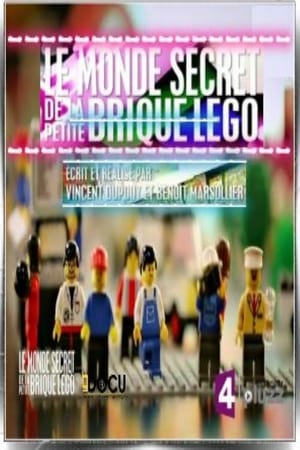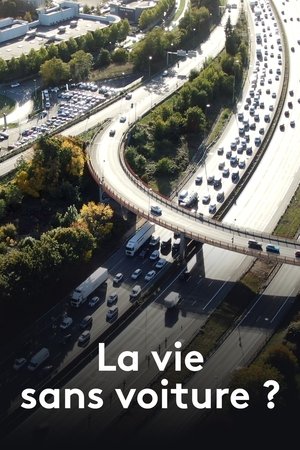
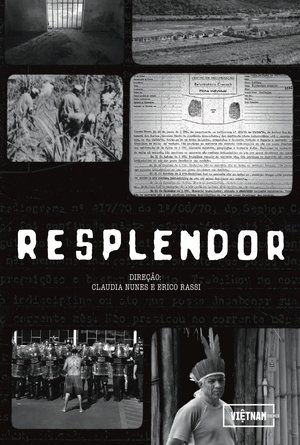
Resplendor(2019)
The National Truth Commission, installed in 2011 to investigate crimes committed during a military dictatorship, brought to the public a still very obscure chapter of our history: the existence of an indigenous detention center in the city of Resplendor (MG), called Reformatório Krenak . First installed within the territory of the Krenak ethnic group, and later transferred to Carmésia, it imprisoned and tortured not only Krenak indigenous people, but several other ethnic groups such as the Pataxó, imposing restrictions on their ancestral practices under relentless surveillance by the military. The documentary shows how this concentration camp worked, and the consequences of this collective trauma for the affected indigenous peoples.
Movie: Resplendor
Top 1 Billed Cast
himself

Resplendor
HomePage
Overview
The National Truth Commission, installed in 2011 to investigate crimes committed during a military dictatorship, brought to the public a still very obscure chapter of our history: the existence of an indigenous detention center in the city of Resplendor (MG), called Reformatório Krenak . First installed within the territory of the Krenak ethnic group, and later transferred to Carmésia, it imprisoned and tortured not only Krenak indigenous people, but several other ethnic groups such as the Pataxó, imposing restrictions on their ancestral practices under relentless surveillance by the military. The documentary shows how this concentration camp worked, and the consequences of this collective trauma for the affected indigenous peoples.
Release Date
2019-06-10
Average
0
Rating:
0.0 startsTagline
Genres
Languages:
PortuguêsKeywords
Similar Movies
 8.0
8.0Cologne Cathedral: The French Cathedral on the Rhine(de)
An exploration of Cologne Cathedral, an emblematic monument and world heritage site. The towering place of worship took over 600 years to complete. Once the tallest building in the world, its ornate facade remains a masterpiece of Gothic architecture - and a reflection of the evolution of Franco-German relations.
 0.0
0.0The Story of the Swastika(en)
In the week when Hindus celebrate the holy festival of Diwali, this documentary tells the story of one of their faith's most sacred symbols - the swastika. For many, the swastika has become a symbol synonymous with the Nazis and fascism. But this film reveals the fascinating and complex history of an emblem that is, in fact, a religious symbol, with a sacred past. For the almost one billion Hindus around the world, the swastika lies at the heart of religious practices and beliefs, as an emblem of benevolence, luck and good fortune.
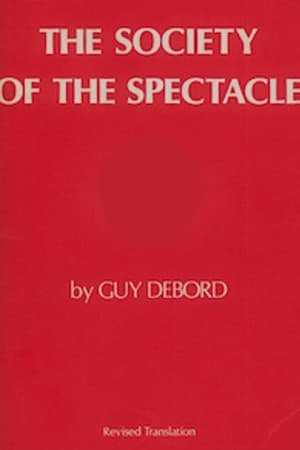 6.7
6.7The Society of the Spectacle(fr)
Guy Debord's analysis of a consumer society.
 7.0
7.0The Sound of Identity(en)
In the spotlight of global media coverage, the first transgender woman ever to perform as Don Giovanni in a professional opera, makes her historic debut in one of the reddest states in the U.S.
 6.7
6.7The 11th Hour(en)
A look at the state of the global environment including visionary and practical solutions for restoring the planet's ecosystems. Featuring ongoing dialogues of experts from all over the world, including former Soviet Prime Minister Mikhail Gorbachev, renowned scientist Stephen Hawking, former head of the CIA R. James Woolse
 6.6
6.6Awake, a Dream from Standing Rock(en)
The Water Protectors at Standing Rock captured world attention through their peaceful resistance. While many may know the details, this film captures the story of Native-led defiance that forever changed the fight for clean water, our environment and the future of our planet.
 0.0
0.0Vitalik: An Ethereum Story(en)
Chronicles tech visionary Vitalik Buterin and Ethereum's community of builders as they fight for an open internet accessible to all.
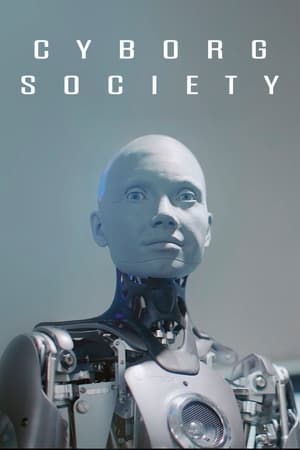 7.0
7.0Cyborg Society(en)
What does the looming A.I. revolution mean for us as individuals and as a society?
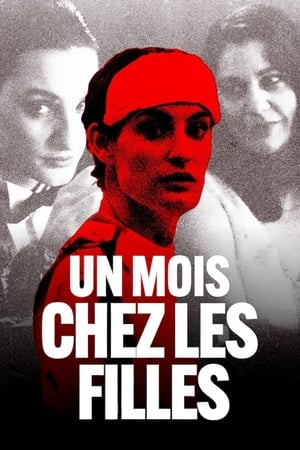 9.0
9.0A Month With the Girls(fr)
The French female pioneer of immersion journalism, Maryse Choisy, who infiltrated in 1928 the prostitution underworld of Paris. Posing as a chambermaid, a lesbian bar dancer and more, she wrote a very successful and scandalous book about that avant-garde experience, and changed her mind about this world and these women's difficult condition.
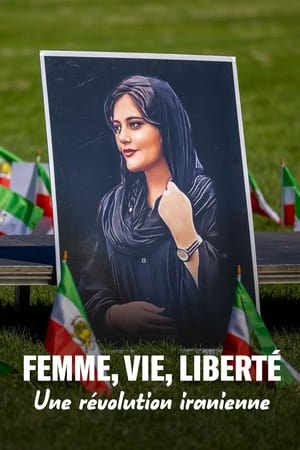 8.5
8.5Woman, Life, Freedom: An Iranian Revolution(fr)
On September 16, 2022, in Teheran, the murder by police of the young Mahsa Amini, arrested for "wearing a headscarf contrary to the law", sparked off an unprecedented insurrection. Within hours, a spontaneous movement formed around the rallying cry: "Woman, life, freedom". For the first time, women, joined by men and students, took the initiative and removed their veils, the hated symbol of the Islamic Republic. The Iranian population, from all regions and social categories, rose up in protest. Social networks went wild. The diaspora (between 5–8 million Iranians) took up the cause, and the whole world discovered the scale of this mobilization: could the theocratic regime be overthrown this time?
 4.5
4.5The Man Who Definitely Didn't Steal Hollywood(en)
Giancarlo Parretti was central to one of Hollywood’s greatest scandals. In 1990, Parretti bought iconic James Bond studio Metro-Goldwyn-Mayer/United Artists for $1.3B with high hopes. However, within weeks, the 17th James Bond film (GoldenEye) was put on ice, paycheques to Dustin Hoffman and Sylvester Stallone had bounced, and hundreds of staff were fired. Parretti soon faced an FBI investigation for alleged financial irregularities and his ownership of Hollywood’s most famous studio spiraled out of control.
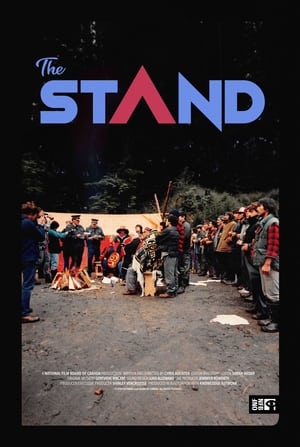 0.0
0.0The Stand(en)
Mixing animation with a wealth of archival footage, Chris Auchter’s film explores the 1985 dispute over clearcut logging on Haida Gwaii. On one side are Western Forest Products and Frank Belsen Logging, who plan to engage in clearcut logging on Tllga Kun Gwaayaay (Lyell Island) and are supported by the BC government. On the other side is the Haida Nation, which wishes to protect its lands against further destruction. The confrontation involves court proceedings and a blockade, and Auchter takes us from canny retrospective commentary to the thick of the action.
 0.0
0.0Good Men(en)
After the birth of his grandson, Bobby Roth undertakes a cinematic investigation as to what constitutes being a "good man" in today's world. This voyage of discovery leads him to interview more than fifty of his friends, both men and women who he considers to be "good people," about their views on everything from how they were parented to their thoughts on feminism, change, and regrets they might have. Their answers both surprises and enlighten both the viewers and Bobby, himself.
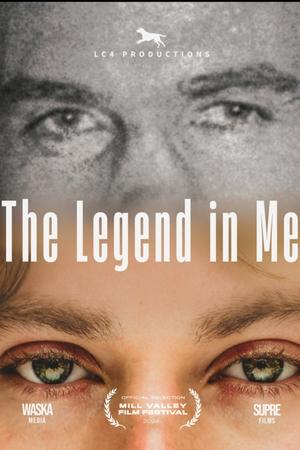 0.0
0.0The Legend in Me(en)
Living in the shadow of Canadian sports legend Lionel Conacher (1900–1954), whose legacy spans five sports, is a daunting challenge for any relative. For great-grandchild Lionel IV, better known as Chas, that challenge extends beyond athletics into the realm of self-discovery. As a non-binary individual navigating identity in the 21st century, Chas explores both the weight of their family’s star-athlete lineage and the evolving landscape of queer identity in a documentary that bridges nostalgia with forward-looking reflection.
 8.0
8.0Jordan River Anderson, The Messenger(en)
The story of a young boy forced to spend all five years of his short life in hospital while the federal and provincial governments argued over which was responsible for his care, as well as the long struggle of Indigenous activists to force the Canadian government to enforce “Jordan’s Principle” — the promise that no First Nations children would experience inequitable access to government-funded services again.
